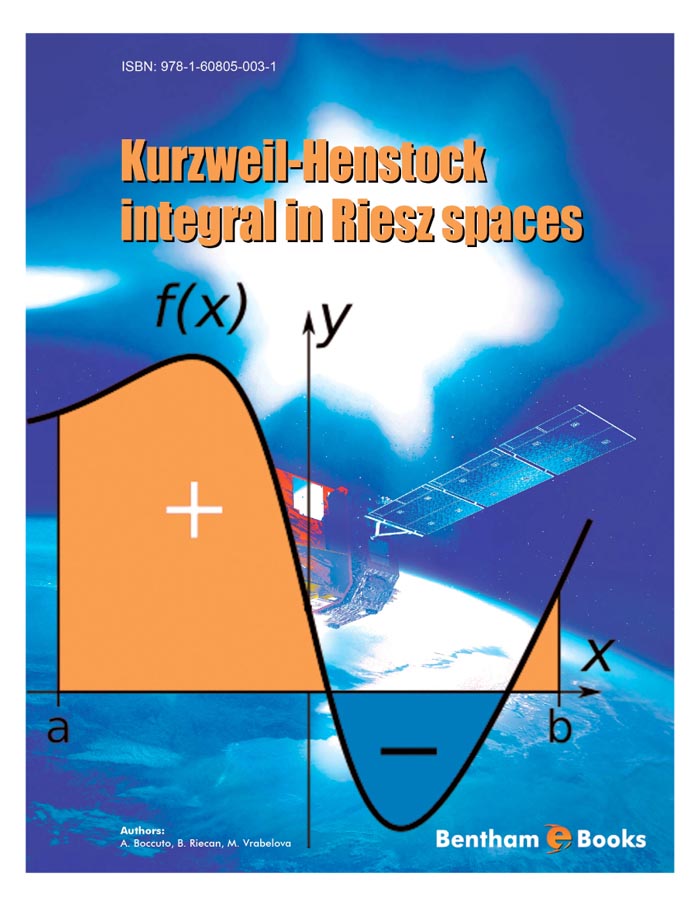Foreword
In 1956 Jaroslav Kurzweil was involved in special phenomena occurring in ordinary differential equations with fast oscillating entries which have not been justified by theories and approaches known at those times. For explaining the observed results he constructed a tool, which reminded in some aspects strongly the way how the Perron integral using minor and major functions was constructed. The story ended by a success and the tool became an independent, self-contained object, the generalized Perron integral.
Since the generalized Perron integral occurred to be very interesting and, due to the need of research, it was described via integral sums of Riemann type, Jaroslav Kurzweil described it in detail in his very first paper [163] on the topic and used it in a series of subsequent writings on ordinary differential equations. Only a restricted number of people knew at this times about the existence of a newly defined integral. There is no reason to be surprised by this fact, looking at the title of [163] nobody can expect deep interest of mathematicians involved in integration theory in this paper.
In the same time Ralph Henstock worked on variational approaches to integrals, no existing connection to Kurzweil in those days. For the first time the possible relation is mentioned cautiously in Henstock’s booklet [153].
It was discovered early in the sixties that in the case of real valued functions both approaches (that of Henstock and of Kurzweil) are equivalent and, of course, the definition of the very general non-absolutely convergent integral based on Riemann-type integral sums came to the foreground.
The distinctive individual life of an integration theory, the Kurzweil-Henstock integral, started in the second half of seventies. With all of its advantages and drawbacks coming to general awareness
One of the interesting points of integration theories is the problem when functions with values in general spaces have to be integrated. This problem is of interests especially in the case of infinite dimensional spaces equipped with some topology, the models are e. g. the Bochner, Dunford and Pettis integrals of Banach space-valued functions based on the Lebesgue approach
The book of A. Boccuto, B. Riecan and M. Vrábelová is oriented in this direction. The functions which are integrated have values in Riesz spaces in general. The combination of techniques used in Riesz spaces with the more or less algebraic approach which is in charge for integrals based on Riemann type integral sums makes the presentation interesting and inspirative for further research. Besides their own research the authors present also short insights into applications and less known theories. All this makes the value of the present book, which should reach the reader in an unorthodox form. I am sure we are facing an inspirative text, with many new information and maybe also a nice reference text in various fields of analysis

